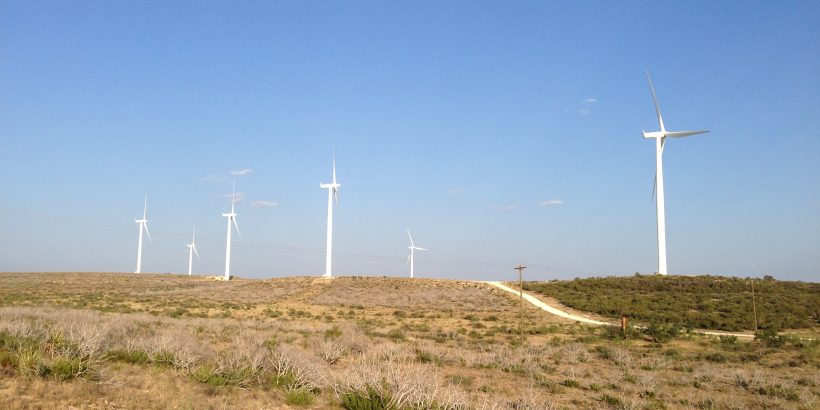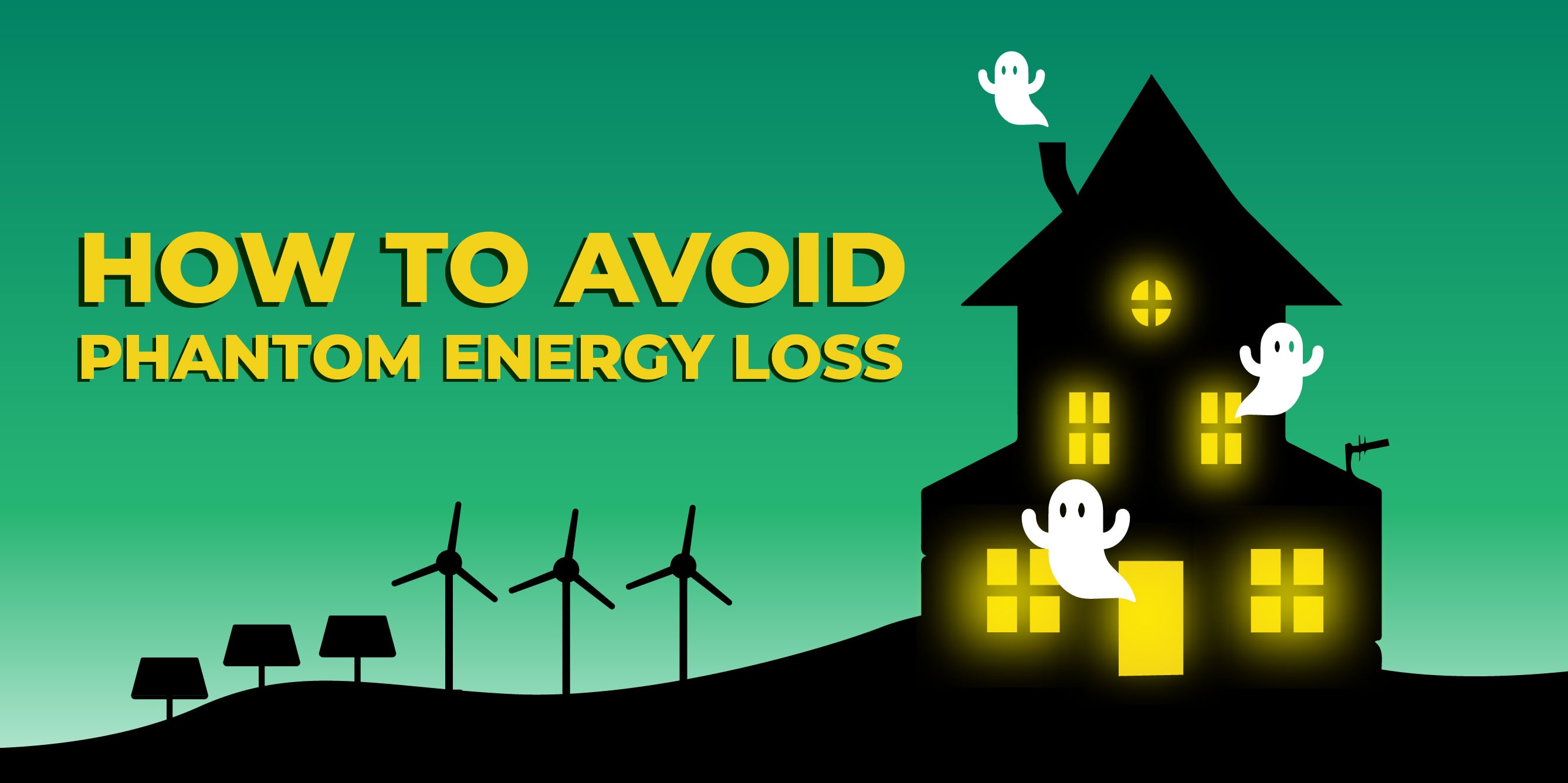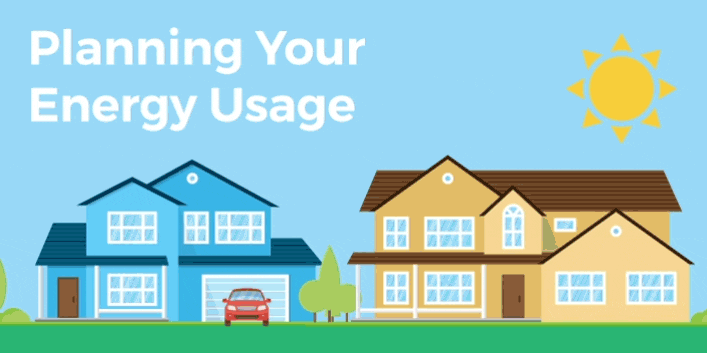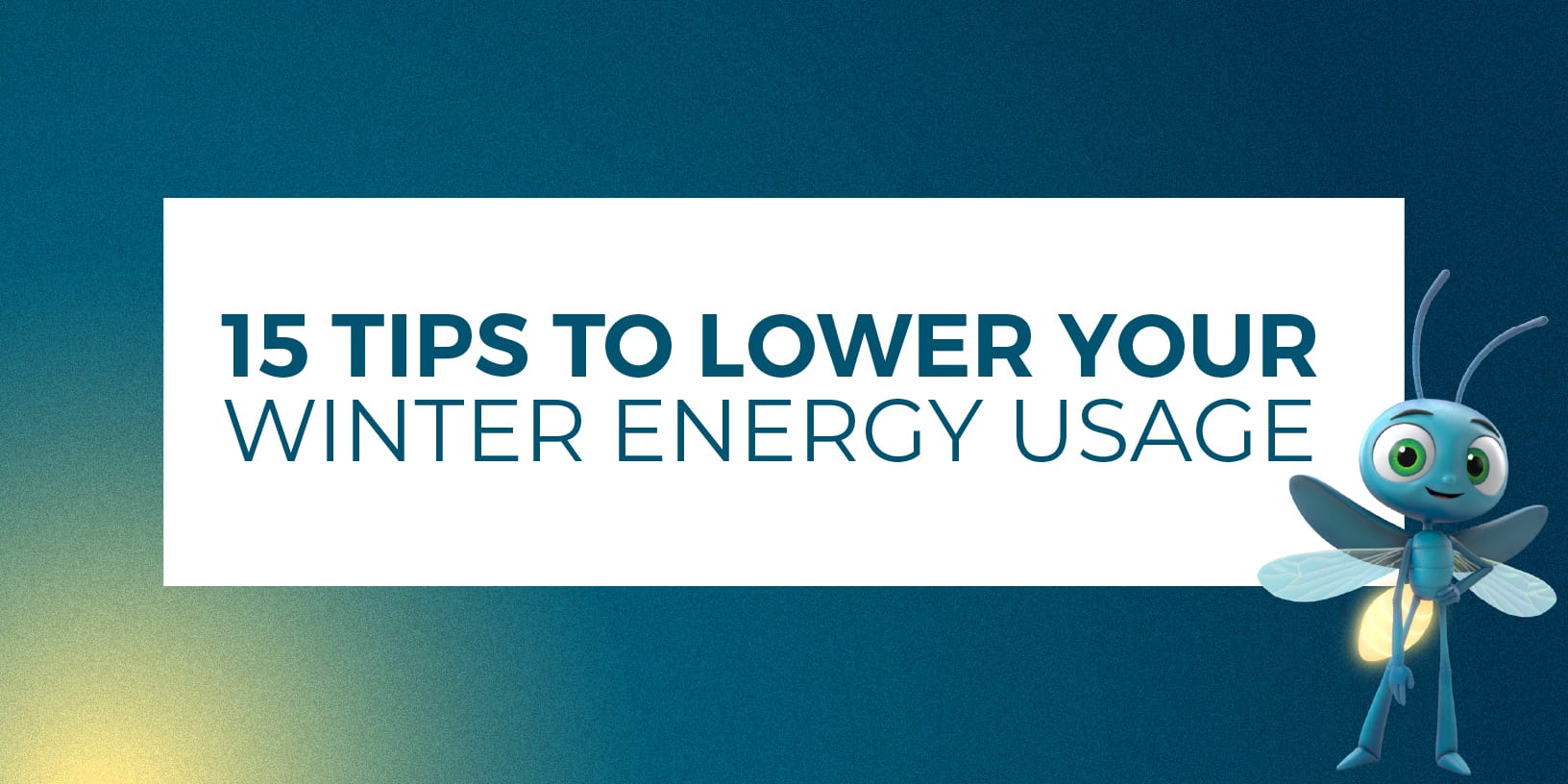Green Mountain Energy® Blog
Get Closer to Carbon Neutral with Carbon Offsets



Have you ever wondered exactly how big your carbon footprint is? It’s a hard thing to calculate exactly, but we can get a fairly close estimate of the average greenhouse gas emissions that are associated with certain actions. You probably know about the two biggest polluters in our daily lives: driving a gas-powered car and powering your home with electricity that’s sourced from fossil fuels and coal. But there are many more everyday activities that leave carbon footprints in their wake.
Take grocery shopping, for example. There’s the planting, growing and harvesting of fruits and vegetables, plus raising and feeding animals for meat, eggs and dairy products. All of these foods undergo some form of processing to ensure their safety, then are packaged up and shipped to your local grocery store. If they’re turned into other things, like cookie dough or condiments or soda syrups, there’s even more processing and packaging before they hit the shelves. Each one of these steps comes with some amount of emissions in the form of greenhouse gases like carbon dioxide and methane.
That’s just your groceries. When you add up the emissions that occur in every part of the average day, you quickly come to understand that everything we do in life, directly or indirectly, leaves a footprint.
So what do we do with this information? If everything we do has a cost in greenhouse gas emissions, how can we do our part to mitigate the effects of climate change and achieve a sustainable future? How do we offset our carbon footprint?
For direct emissions, there are everyday things that you can do that you’ve likely heard of (and hopefully practiced) before. Power your home with renewable energy. Purchase an electric vehicle or only drive when necessary. Reduce your electricity usage and your waste output and commit to recycling. For those indirect emissions associated with necessities like grocery shopping, there’s carbon offsets.
What are carbon offsets?
Since there’s no way to completely cut carbon emissions from your daily life, the next best thing you can do is ensure that, for every pound of CO2 and other greenhouse gases you emit, you invest in something that reduces future emissions or takes greenhouse gases out of the atmosphere and returns them to the life cycle. There are countless programs around the world that are actively engaged in this vital carbon-reduction work, such as reforestation efforts, methane capture programs at landfills and waste facilities, industrial pollutant destruction, agricultural soil management and the advancement of energy efficiency technologies.
In order to fund and continue their work, carbon reduction programs closely measure how many pounds of CO2 and other greenhouse gases they prevent or remove from the atmosphere and certify those pounds as a credit they can sell to others. We call these credits carbon offsets.
How to have a carbon-neutral lifestyle.
Anyone can purchase carbon offsets, and people do so for a variety of reasons. Many businesses, both small and large (including us), will regularly buy carbon offsets in an amount that’s roughly equal to their yearly carbon emissions, effectively becoming a carbon-neutral company. Families who are going on vacation will buy carbon offsets to compensate for plane flights and other waste generated by their trip. Individuals with daily commutes will buy carbon offsets to offset the emissions from their gas-powered car. When you combine the purchase of carbon offsets with using renewable energy and greener living practices, your net carbon footprint gets lower and lower. The end goal is total carbon neutrality. And while there’s no way to guarantee that your net carbon footprint is exactly zero, buying carbon offsets regularly can get you as close to net zero as possible.
Find a renewable energy plan that helps your home go green.
Enter your ZIP code to get started.
Our customers have avoided
128,263,994,478
pounds of CO2
That’s like planting
15,272,917
new trees.





